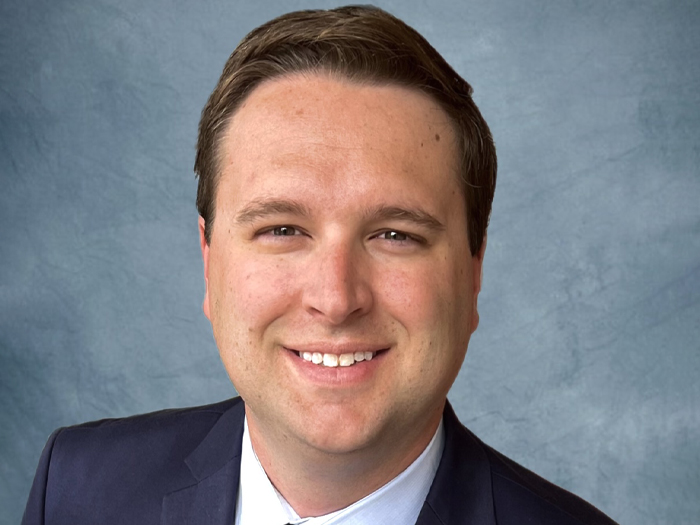Pharmacy Cost Strategy
State PDMP Regulation Important for Opioid Control

In July, the CDC’s monthly report Vital Signs identified the states with the highest and lowest prescription rates for opioid painkillers — and the range is wide. While most states have some form of a prescription drug monitoring program (PDMP), their levels of effectiveness vary widely due to differences in enforcement and a lack of consensus over the appropriateness of opioid prescriptions.
“Health care providers wrote 259 million prescriptions for painkillers in 2012, enough for every American adult to have a bottle of pills,” the report said. Alabama and Tennessee were the highest-prescribing states, writing 143 painkiller prescriptions per every 100 people.
The report also gave kudos to states that have decreased opioid usage through tightened PDMPs and state enforcement. In the continental U.S., California had the lowest rate of prescriptions written in 2012 (second only to Hawaii overall), with opioids prescribed for only 57 out of every 100 people, compared to the national average of 82.5. In fact, California’s numbers were below average for all types of opioid pain relievers, including high dose, long-acting and benzodiazepines.
The state’s success can be attributed to its Controlled Substance Utilization Review and Evaluation System (CURES). The drug monitoring program requires dispensing pharmacy clinics to submit reports of all Schedule II through IV prescription drugs to the Department of Justice at least once per week, making its database an almost real-time source of patient prescription history. Health care practitioners can access the database to see a patient’s prescription history for painkillers dispensed anywhere in the state.
“Automated Patient Activity Reports (PARs) are available to physicians who log into their online PDMP accounts,” said Larissa Mooney, assistant clinical professor of psychiatry and director of the Addiction Medicine Clinic at UCLA. “These reports allow instant viewing of controlled substance prescription histories over designated time periods. Information provided by this database is one step towards reducing abuse and diversion of prescription drugs and their associated consequences.”
According to California’s Department of Justice website, the database contains over 100 million entries and responded to 1,063,952 report requests in fiscal year 2011-2012. Unlike other states, California does not require physicians to use the database before prescribing high-strength painkillers; their decisions to view patient histories are completely voluntary.
Dr. Karen Miotto, a physician in UCLA’s psychiatry and biobehavioral sciences department and leader of its addiction psychiatry services, told the CDC that supportive state agencies and medical associations have also bolstered the program, promoting its use through education initiatives.
Inadequate Education
Lack of addiction education in medical schools and too few substance abuse resources can undermine drug monitoring programs’ success.
“Physicians vary widely in their knowledge of substance use disorders and their ability to identify, diagnose and treat such disorders,” Mooney said. “Educating physicians on addiction risk factors, screening and clinical interventions could facilitate increased use of PDMP programs and incorporation of controlled substance prescription monitoring within clinical practice.”
Better education could spur physicians to identify patients at risk for addiction, seek alternative drugs for pain management, and prescribe only the lowest possible dose of opioids when necessary.
“Health care providers wrote 259 million prescriptions for painkillers in 2012, enough for every American adult to have a bottle of pills.”
— CDC Vital Signs; Opioid Painkiller Prescribing: Where You Live Makes a Difference; July 2014
In addition to lack of education, the report notes another key struggle states encounter with PDMPs is “complicated access and notarization procedures.” This is an area where state governments could intervene, creating policies to help streamline the process for those submitting and accessing data. California may have had an easier time with this since CURES is administered by its Department of Justice, rather than a pharmacy board or licensing agency, or Health and Human Services department.
State policies tightening regulation of for-profit pain clinics — or “pill mills” — could also reduce the prevalence of opioid prescription for non-medical use, a significant driver of demand for the drugs.
Another barrier may be the lack of a national database. Even in states with effective PDMPs, practitioners have an incomplete picture, seeing only what painkillers a patient has received in their own state but not others. While no plans for a national resource exist, the CDC report said the federal government can assist state PDMPs by “supplying health care providers with data, tools, and guidance for decision making based on proven practices,” and “increasing access to mental health and substance abuse treatment through the Affordable Care Act.”










